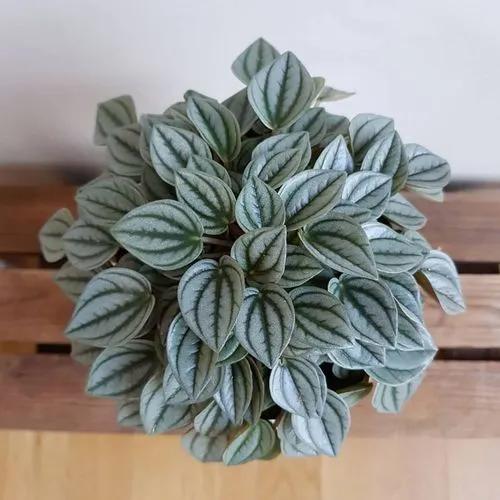Anthurium is a genus of herbs often growing as epiphytes on other plants. Some are terrestrial. The leaves are often clustered and are variable in shape. The inflorescence bears small flowers which are perfect, containing male and female structures. The flowers are contained in close together spirals on the spadix. The spadix is often elongated into a spike shape, but it can be globe-shaped or club-shaped. Beneath the spadix is the spathe, a type of bract. This is variable in shape, as well, but it is lance-shaped in many species. It may extend out flat or in a curve. Sometimes it covers the spadix like a hood. The fruits develop from the flowers on the spadix. They are juicy berries varying in color, usually containing two seeds. The spadix and spathe are a main focus of Anthurium breeders, who develop cultivars in bright colors and unique shapes. Anthurium scherzerianum and A. andraeanum, two of the most common taxa in cultivation, are the only species that grow bright red spathes. They have also been bred to produce spathes in many other colors and patterns. Anthurium plants are poisonous due to calcium oxalate crystals. The sap is irritating to the skin and eyes.
Anthurium Dorayaki Care
anthurium dorayaki



How to Care for the Plant

Water

Water & Humidity – This houseplant requires low to medium amounts of water. Let the soil dry out in between watering. If you live in a hot area, water about once every 2 to 3 days; if you live in a rainy area, then water as necessary. Most importantly, the anthurium requires proper drainage.

Pruning

Take a close look at your anthurium plant, then begin pruning from the top down. Remove any discolored or dead leaves. Cut wilted or dead blossoms down to the base of the stem. You can also remove wayward leaves to improve the appearance of the plant, but leave at least three to five in place.

Fertilizer

Despite its lush appearance, anthurium is not a heavy feeder. Use a controlled-release fertiliser once every 6 or 12 months, depending on its formulation. Extra feeding with liquid or water-soluble fertilisers is not generally needed. In fact, too much food may result in even lusher growth at the expense of flowers.

Sunlight

Fluorescent lights won't hurt the plant, so if you're looking for an office plant, don't rule out anthuriums!

Temperature

You don't want to have the Anthurium in temperatures below 15C or 55F.

Additional

Toxicity to pets

Popularity

55 people already have this plant 17 people have added this plant to their wishlists
Discover more plants with the list below
Popular articles






